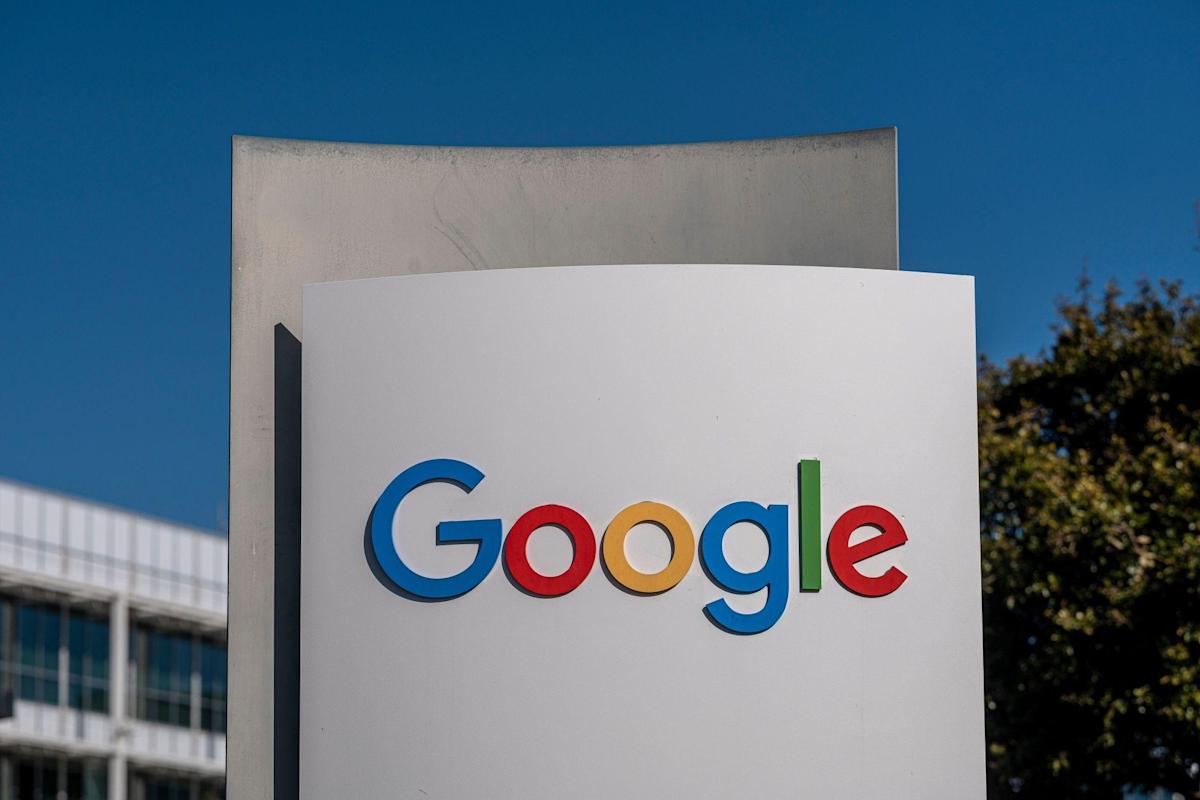Google parent Alphabet said its board approved schemes for a 20-for-1 stock split

- Before the Alphabet rebrand in 2015, Google actually split its stock with the presentation of a second rate class of offers.
- Letters in order stock has multiplied in under two years, and the new parted would make it more reasonable for additional individuals.
Letters in order, the parent organization of Google, declared a 20-for-1 stock split alongside its quarterly profit report (pdf) on Feb. 1. It’s just the second parted for the stock since it opened up to the world in 2004; a 2-for-1 split in 2014 made the organization’s Class C offers simultaneously. However, the new parted is particularly prominent in light of the eye-popping split proportion.
Google parent Alphabet said its board supported designs for a 20-for-1 stock split on Tuesday as a feature of the innovation organization’s quarterly profit articulation. Letter set stock rose over 9% in post-retail exchanging following the news.
Giving financial backers 19 extra offers for each offer held would, in view of the present shutting value, bring down Alphabet’s stock cost from $2,700 per offer to under $150. The offers rose over 9% on the news in night-time exchanging, when they beat a cost of $3,000.
The move comes eighteen months after Apple most as of late divided its stock, giving three offers for each offer that individuals possessed. Letter set and Apple are among the couple of innovation organizations that have seen their market capitalizations stretch into the trillions, as financial backers selected productive development.
The 20-for-1 split outshines late stock parts from Apple and Tesla, what split 4-for-1 and 5-for-1 individually around the same time in August 2020. The designs chip creator Nvidia, another tech stock well known with retail financial backers, split 4-for-1 in July 2021.
Letter set expects to part the Class A, Class B and Class C portions of the stock, as per the income proclamation. The change requires investor endorsement. Every investor at the end of business on July 1 will get, on July 15, 19 extra offers for each portion of similar class of stock they own.
What is a stock parted?
Stock parts bring down the cost of a stock-for Alphabet’s situation to one-20th of its cost conceivably making it more appealing to retail financial backers.
Gigantic stock-split proportions like Alphabet’s are intriguing yet not uncommon. In 1957, Getty Oil arranged a 20-for-1 stock split. All the more as of late, Amalgamated Bank did a 20-for-1 split in 2018, and the adtech firm The Trade Desk executed a 10-for-1 split in June 2021.
Since the beginning of the Coronavirus pandemic, Wall Street has seen a huge inundation of retail dealers. Simultaneously, tech stocks like Alphabet, Apple, Tesla, and Nvidia have all risen sharply, filled by low loan fees and popularity for their items. Letter set offers have multiplied in cost since March 2020.
In 2012, Google added a second rate class of offers, Class C, with no democratic freedoms. The organization previously had Class An offers, which convey one vote for each offer, and Class B shares, which are held intently by originators and early financial backers and convey 10 votes. The organization kept up with this stock design through its 2015 rebrand to Alphabet.
Portions of Alphabet stock have become more costly recently, at more than $2,750 each at the hour of market close on Tuesday, having multiplied in cost since May 2020. The lower cost would imply that more financial backers could possibly bear the cost of purchasing whole, rather than fragmentary, portions of the promoting organization.
They portrayed the presentation of the second rate class as “actually a stock split” in a 2012 letter and said it was something numerous investors had been clamoring for. The 2-for-1 stock split came in 2014, preceding the change to Alphabet.
Page and Brin own a consolidated 12% of Alphabet’s Class C offers, which exchange under the ticker image “GOOG” and have no democratic freedoms, as indicated by FactSet. The pair control 83% of the organization’s Class B shares, which don’t exchange on open business sectors.
They depicted the presentation of the second rate class as “successfully a stock split” in a 2012 letter and said it was something numerous investors had been clamoring for. The 2-for-1 stock split came in 2014, preceding the change to Alphabet.
Disclaimer: The views, suggestions, and opinions expressed here are the sole responsibility of the experts. No STOCKS MONO journalist was involved in the writing and production of this article.



